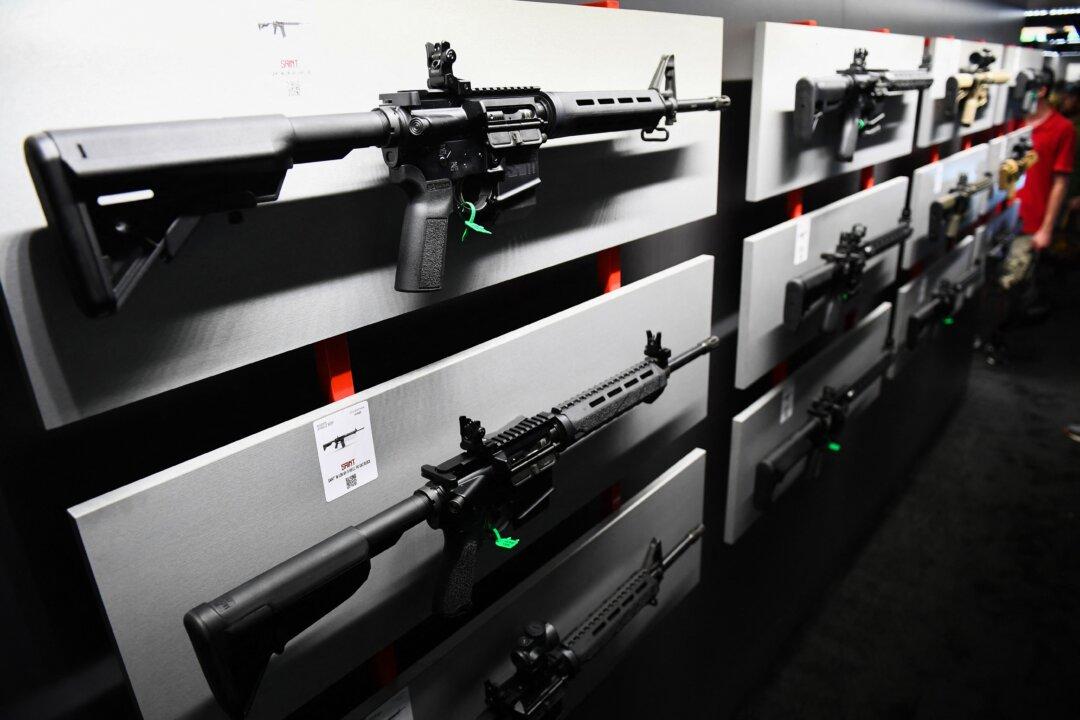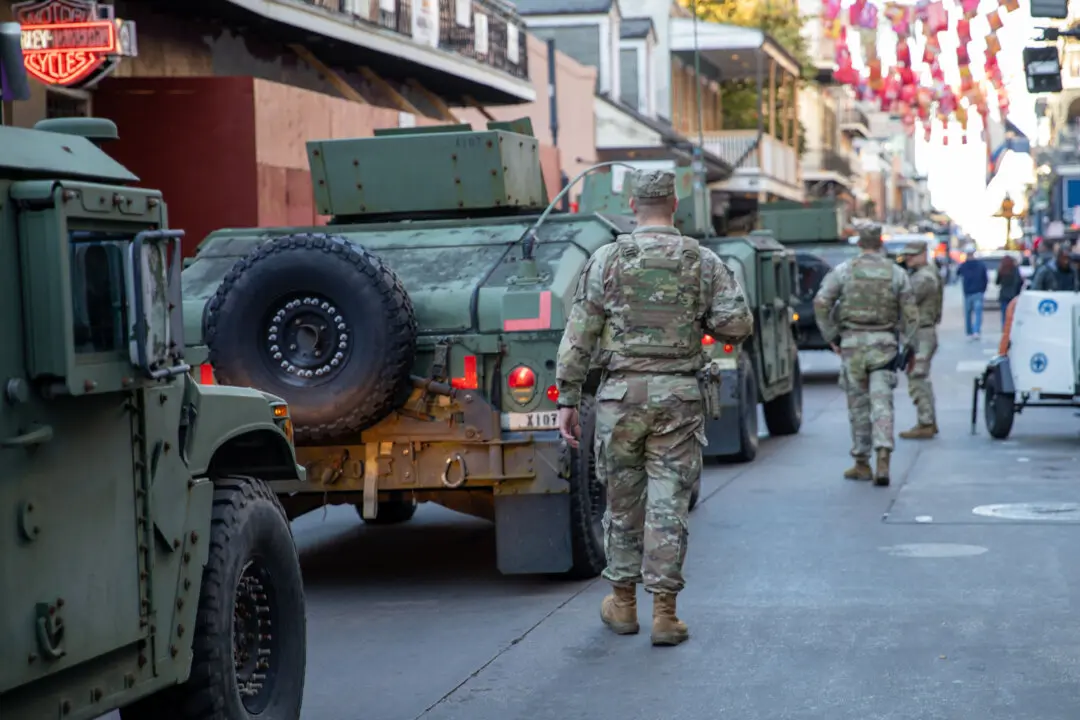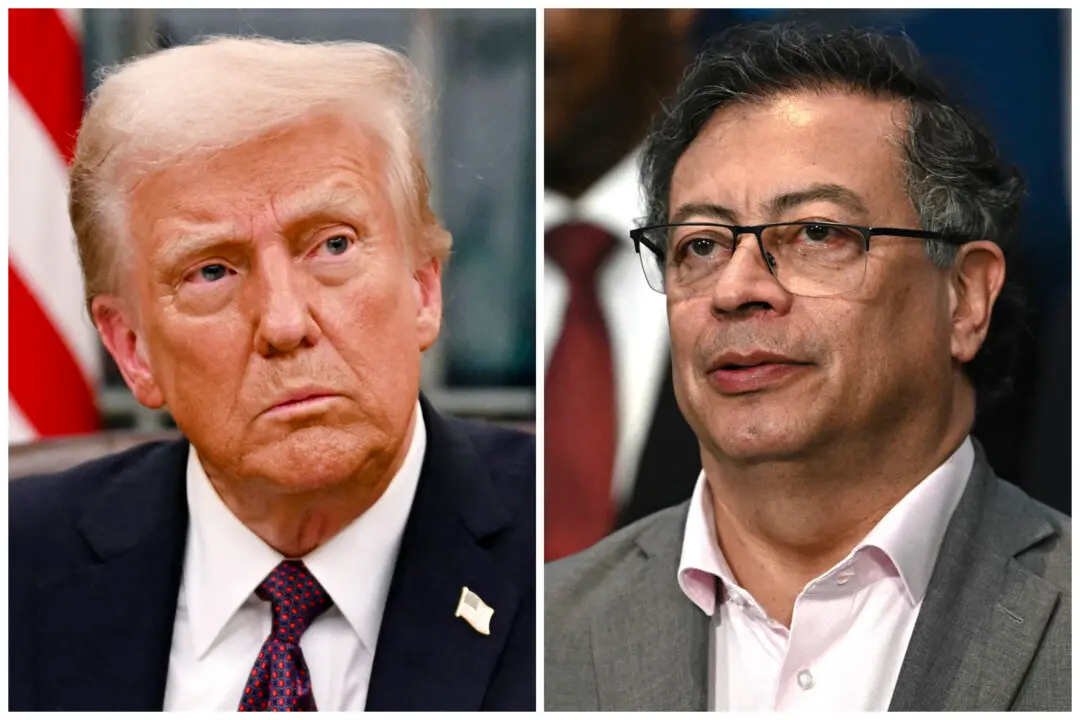A federal judge has issued a preliminary injunction that blocks the Bureau of Alcohol, Tobacco, Firearms, and Explosives (ATF) from criminally prosecuting or taking civil action against owners of specialty firearm trigger devices, known as forced-reset triggers (FRTs), that allows them to fire their weapons more rapidly.
In a March 2022 letter, the ATF announced its determination that some FRT devices could be considered to be illegal machine gun parts. In August, plaintiffs Patrick Carey, Travis Speegle, and James “J.R.” Wheeler, along with the National Association for Gun Rights (NAGR) and Texas Gun Rights, Inc. (TGR), filed a lawsuit in Texas’ northern federal court district that sought to reverse the ATF’s legal determination.





